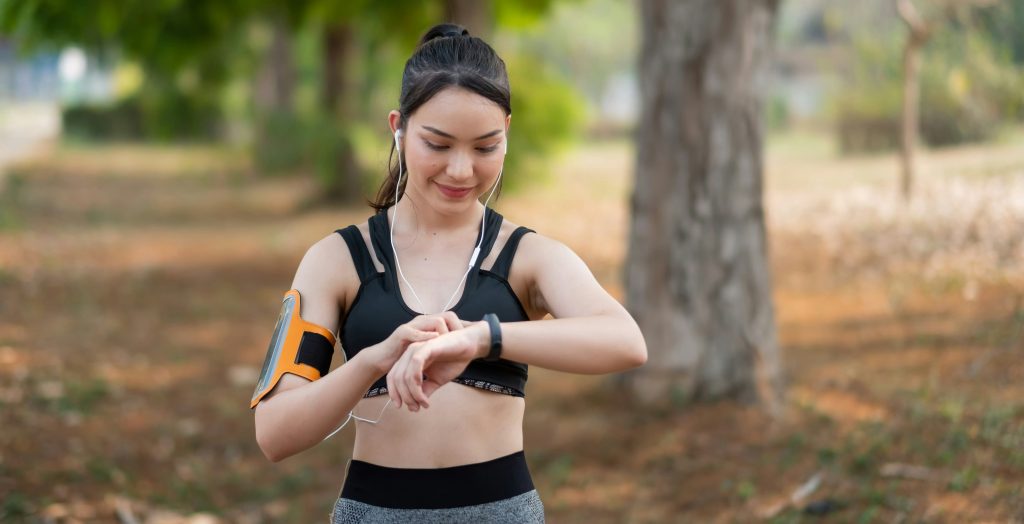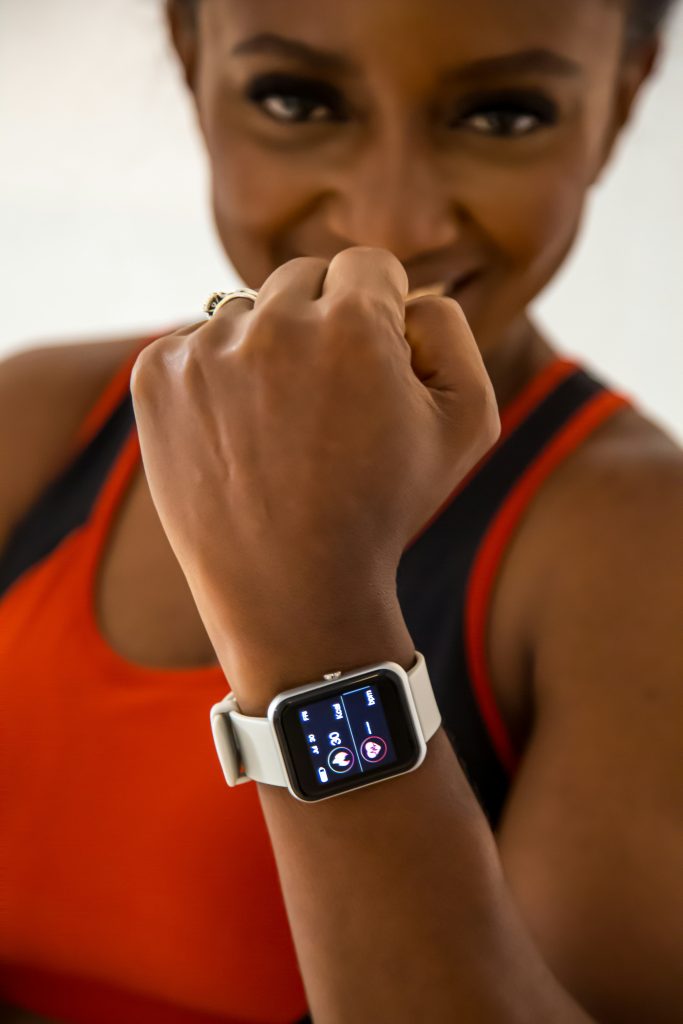
Have you ever wondered why your smartwatch tracks your heart rate variability (HRV)—and what it actually means?
You’re not alone.
As wearable technology becomes more advanced, more of our patients at North Carlton Osteopathy are arriving with questions about how HRV connects to their recovery, stress levels, and performance.
A recent article by the ABC explores the growing interest in HRV and what it tells us about our bodies:
👉 Read the article
Let’s break it down—through an osteopathic lens.
What is Heart Rate Variability (HRV)?
In simple terms, HRV is a measure of the variation in time between each heartbeat. Even if your heart beats 70 times a minute, those beats don’t happen exactly one second apart—and that’s a very good thing.
These tiny changes are influenced by your autonomic nervous system, which manages your stress (sympathetic) and recovery (parasympathetic) responses.
-
A higher HRV generally means your body is adapting well and is resilient.
-
A lower HRV can indicate stress, overtraining, illness, or poor recovery.
Got an Apple Watch? It’s Already Tracking Your HRV
If you’re using an Apple Watch (Series 3 or newer), your HRV is being tracked automatically—usually during rest or sleep. To check it:
-
Open the Health app
-
Go to Heart > Heart Rate Variability
-
View the trend over time (not just a single number)
Sudden drops or consistently low HRV may be an early signal that your body needs to rest, recover, or get some support.

What Does HRV Have to Do with Osteopathy?
At North Carlton Osteopathy, we’re always looking at how the body functions as a whole—physically, emotionally, and neurologically.
When your HRV is low, we often see symptoms like:
-
Muscle tightness (especially neck, shoulders, lower back)
-
Poor sleep
-
Fatigue and brain fog
-
Increased sensitivity to pain
-
Trouble recovering from workouts or injury
These can all reflect an overloaded nervous system.
Osteopathic treatment aims to support your body’s ability to self-regulate—helping shift from ‘fight or flight’ into ‘rest and repair’ mode. With gentle hands-on techniques, we help reduce physical tension and support your nervous system to function more efficiently—which may, in turn, help improve HRV over time.
Ways to Support Your HRV (With or Without a Smartwatch)
HRV gives you a window into your nervous system, but you don’t need wearable tech to improve it. Here are some everyday ways to help your body find more balance:
-
Slow your breathing – Try breathing out longer than you breathe in.
-
Move gently – Low-impact activities like walking, stretching or yoga are great.
-
Prioritise sleep – Aim for consistency and a calm bedtime routine.
-
Manage niggles early – Don’t let tension or pain linger—it could disrupt your recovery.
-
Book a treatment – Osteopathy can ease tightness, support circulation, and promote better nervous system function.
Your Body is Always Communicating—Are You Listening?
HRV is just one more way your body gives you information. It’s not about obsessing over numbers, but learning to recognise when you’re thriving—and when it’s time to slow down.
If you’re feeling a bit “off,” sore, or just not bouncing back like usual, it might be time to check in with your body.
Warmly,
The North Carlton Osteopathy Team



